Asian American Trailblazers in Film webinar held by USCET on February 8 featured three accomplished speakers: Felicia Lowe, Robin Lung, and Shirley Sun, who shared their personal journeys, struggles, and triumphs. According to USCET, the Asian Women Trailblazers Series began in 2021 as a response to rising anti-Asian hate, highlighting the contribution of Asians to the fabric of American society.

“If anybody asks where I come from, say Hawaii.” Felicia Lowe still remembers being told by her mother at a very young age, which made her curious early on. Lowe knows her mother came from China but never got an answer as to why she had the desire to be silent about her past.
The shell was cracked by Lowe’s daughter. She had a homework assignment to find a photograph in her house and the history behind it, and she picked an old photo of her grandmother as an infant being held by her great-grandmother. This time, Lowe’s mother revealed a piece of her past.
“And I thought, oh my God, I’m not going to rest until I get to the bottom of the story,” Lowe said excitedly. She began to uncover the personal story of her roots and the universal truth about Asian immigrant families who came to the U.S. during the exclusion as paper sons and paper daughters. The Chinese Exclusion Act lasted from 1882 to 1943 – the first and only law that banned Chinese immigrant labourers from coming to the U.S.
The past of her mother inspired Lowe to make “Chinese Couplets,” a documentary on “an intimate family story that reveals the impact of America’s Chinese Exclusion Act on one family, over two centuries, in three countries, on four generations of women.”
Lowe said she could bring her interests into this documentary, as well as tell a story that can truly represent the journey of Chinese immigrants from that era.
In the “Chinese Couplets”, Lowe depicted the intersection of history and who they were. “That [the exclusion] coloured the perception of who we are as Chinese people and even internalized some of what that meant for us. So we were kind of late in the game in terms of our Americanization.”
Lowe shifted to the film industry through broadcast news reporting in 1974, making her one of the first female reporters in San Francisco. From her broadcast training, she realized she wanted to tell deeper stories that had a longer shelf life than ordinary news. When she was just starting in the film industry, earning the trust and respect from her colleagues was one of the most challenging parts. She learned how to negotiate and communicate along the way. Cooperation is Lowe’s takeaway from her path. “The beauty of what we do is that it’s a team effort. You have to really pull together and learn how to work well with people.”
“I think everything has evolved immensely, thank God!” Lowe said, expressing her excitement for the changes in the film industry for Asians over time. “There was a time when we were kind of on a starvation diet,” Lowe said. When on-screen Asian representation was so low, Asian actors and related staff carried the burden of formulating certain model minority concepts. “But if you look at the films today, people can now be as screwed up and messed up as anybody else.”
“Beef”, a Golden Globe Awards-winning TV series was released in 2023 with Asian actors Steven Yeun and Ali Wong playing leading roles. Lowe thought the characters were despicable at first but with the uncovering of the multiple layers of humanity, the series turned out to be appealing. “I just love the freedom and the creativity, and the fearlessness of not trying to fit into what other people would like us to or imagine us to be.”
“People were tight [in the past] because they were trying to grab a piece of our own history in our own words, but now things are relaxed and we’ve grown because we’ve covered the basics, so we’re freer to do greater, broader things.”

Two years of research, eight years of production – Robin Lung was dedicated to bringing a behind-the-scenes role back on stage. “Finding Kukan” is a forgotten story of the uncredited Chinese-American female producer of “Kukan” from Hawaii, Li Ling-Ai.
Lung believes that the Asian-American experience in Hawaii is quite different than that in the continental United States. “I really wanted to tell stories of Hawaii, which I felt were missing in a large part from mainstream media,” said Lung. She chose to use her filmmaking to concentrate on the stories of women from Hawaii.
Along Lung’s journey of searching, she came across Li Ling-Ai, an uncredited producer of a landmark documentary called “Kukan.” “Those people [behind the scenes] are often not noticed and not remembered well in history, but they do so much, especially for the stories from the Asian-American community.”
Fundraising and preservation are the tough parts of Lung’s eight years of production, as well as a universal challenge for all Asian filmmakers. Lung said it’s a struggle to convince people that their films are not niche, just because they are about Asians.
Lung said she wouldn’t have been able to produce “Finding Kukan” without the support of many friends and family, and complete strangers who became friends along the way. “We have to point out about Asian American filmmaking is that we do have this really strong community of filmmakers who help each other out.”
For Asian American filmmaking now and future, Lung believes audiences are still fond of diversity in stories. One television writer, from a workshop she attended a few years ago, told her that because of monetary reasons television needs diverse stories. They found out that history was showing that if a series had only white characters in it, that series would not last more than one season.
“I think it’s an exciting time. I think that people still crave stories,” Lung said. She mentioned it’s a challenge for storytellers and filmmakers because they constantly have to adapt. But still, the audience is hungry for a good story that connects and speaks to them.

Dates back to 1980, when China was just beginning to open and people there were very curious about the West. Shirley Sun participated in the production of “A Great Wall” as a co-writer. It was the first co-production between the Chinese film studio and American filmmakers, as well as the first American movie shot in China.
Behind “A Great Wall”, Sun points out that the creators concentrated on humorous cultural conflicts. Take the tension between two generations in a family from the film as an example: parents never knocked on their children’s doors and would open their mail without permission. Such details present the concept of privacy and respect in China within the family. Surprisingly, these plots connected to an audience base that was bigger than they expected.
“What was unexpected was that whichever ethnic group saw the film, it could be Hispanic, it could be European– they all identified with the people in the film and they said, ‘Oh, we feel just like this is what happened to us.’” Sun and the production team received a marvelous audience reaction after they came back and showed the film at multiple festivals.
The success of “A Great Wall” shows that despite different ethnicities, the mutual part of humanity in a story can connect to the audience. Neither similarities or differences can define people. We are all individuals that have common and special qualities. Sun believes that “people have begun to understand that as Asian Americans, we have individual stories to tell as well and that each one is original and different.”
From Anna May Wong’s first movie in 1922, to where Asian American film trailblazers are nowadays, Asians in the film and TV industry struggled through countless barriers like the Chinese Exclusion Act or the Anti-miscegenation Clause. But like Michelle Yeoh said during her acceptance of the Oscar: “Never give up, and the seed of change will bloom through the river of time.”

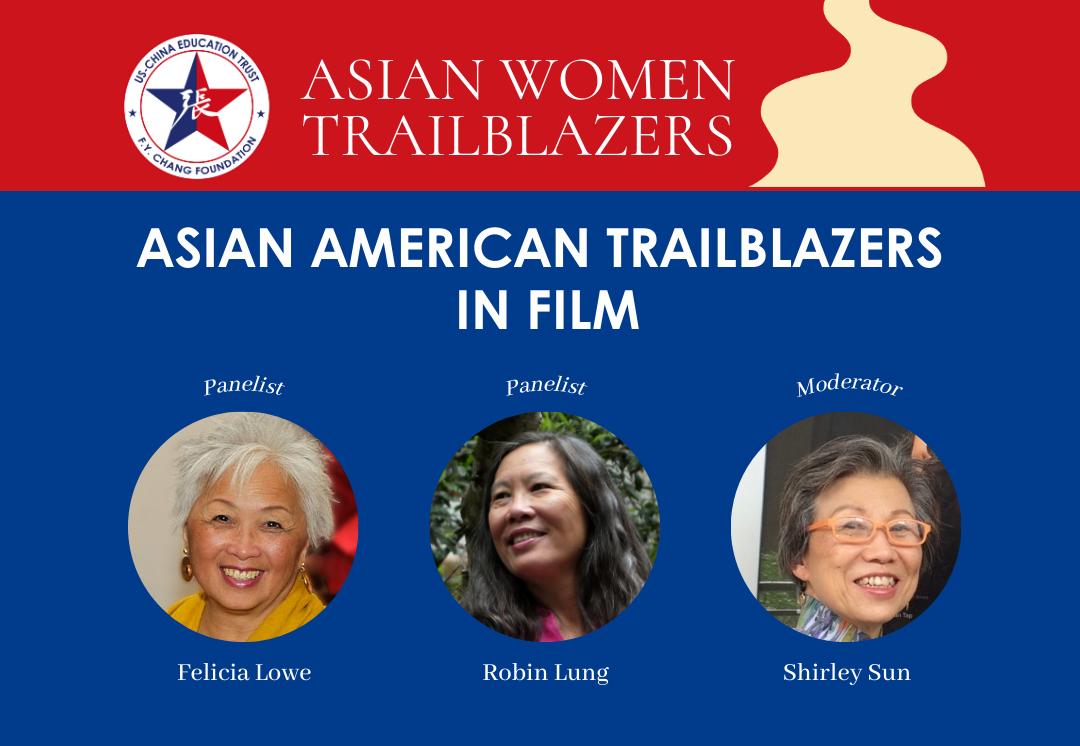
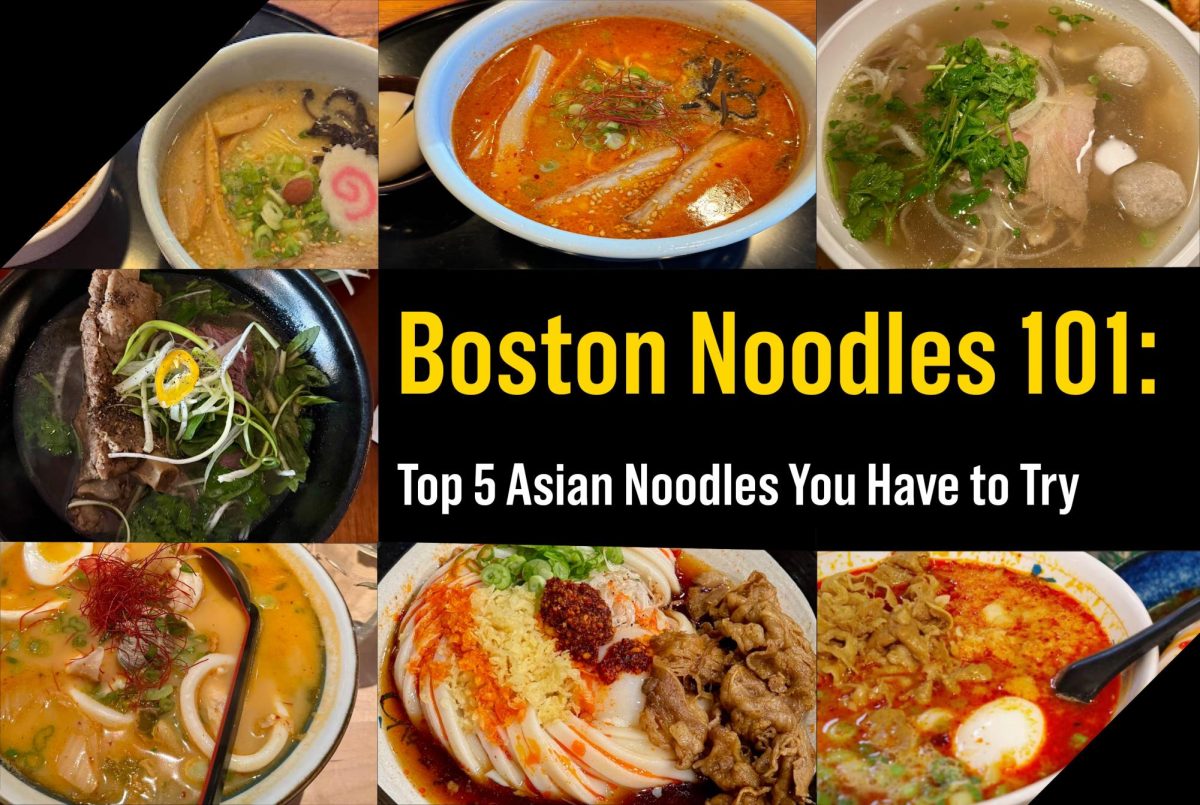
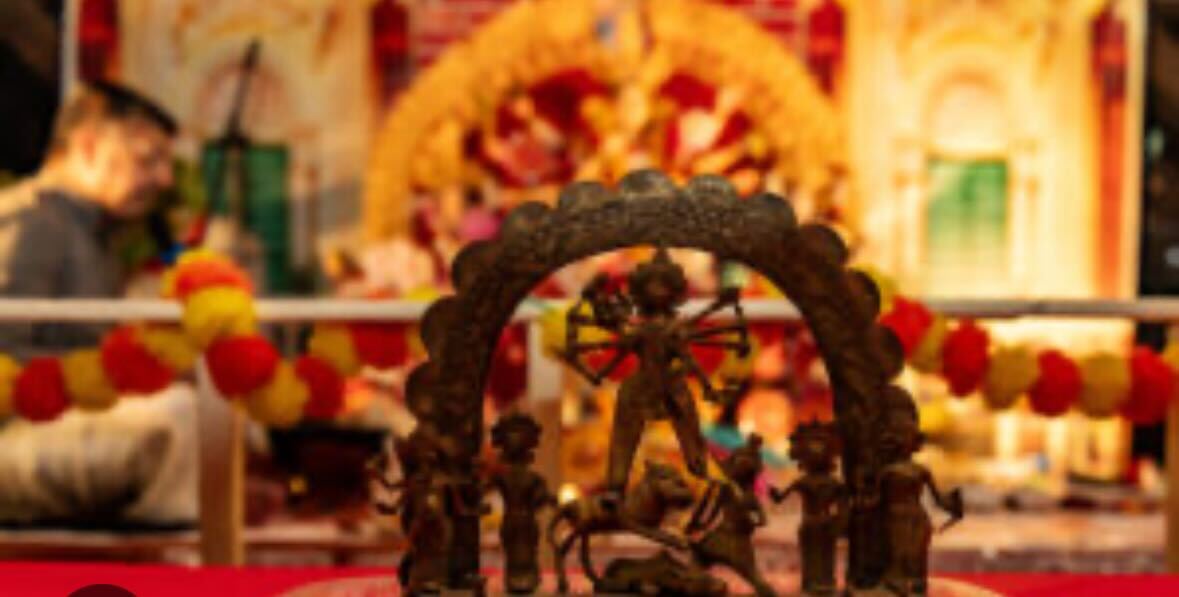



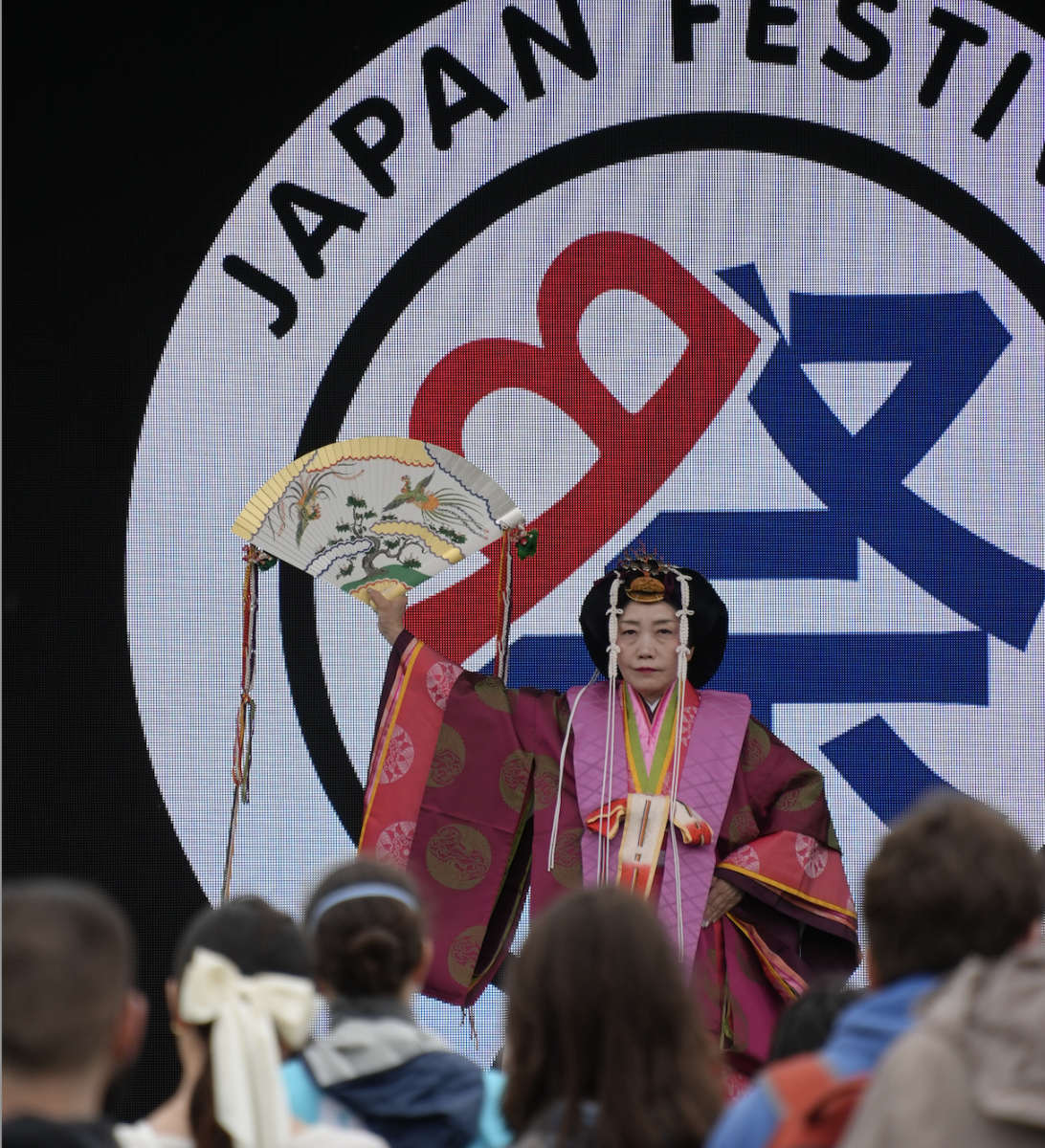

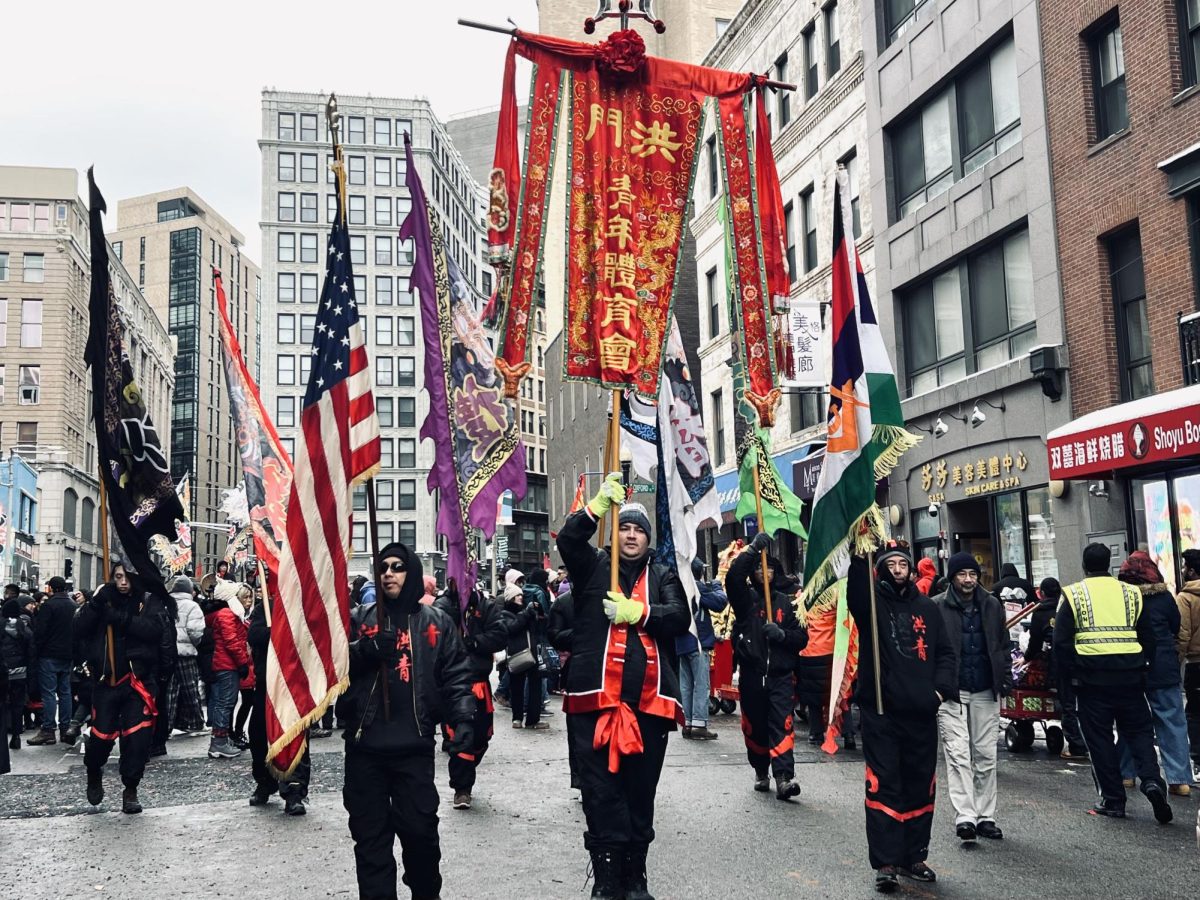
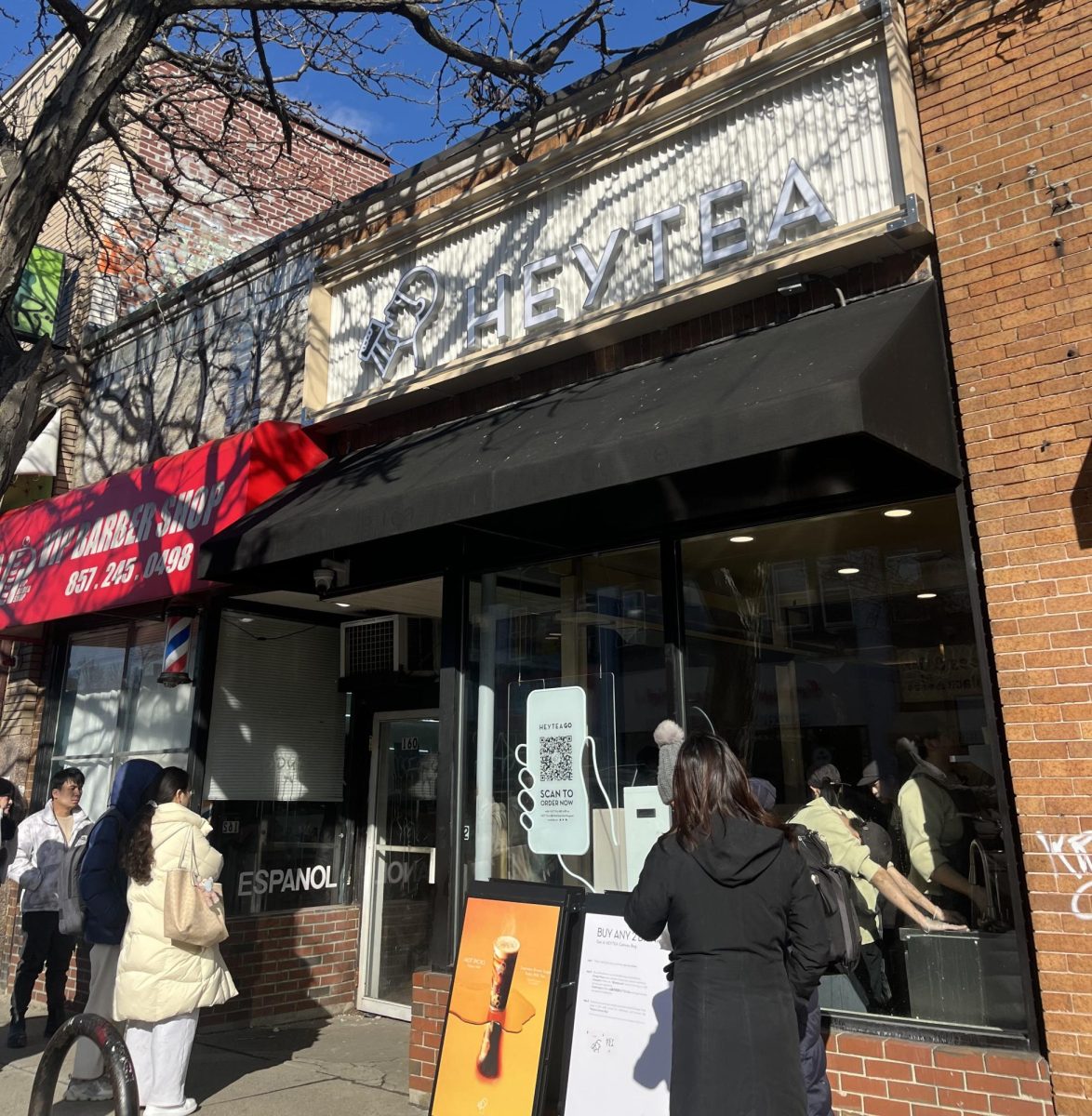



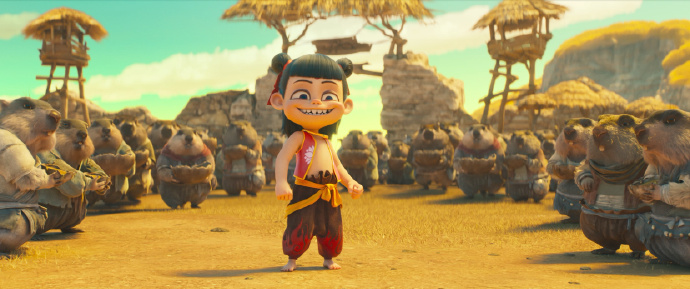
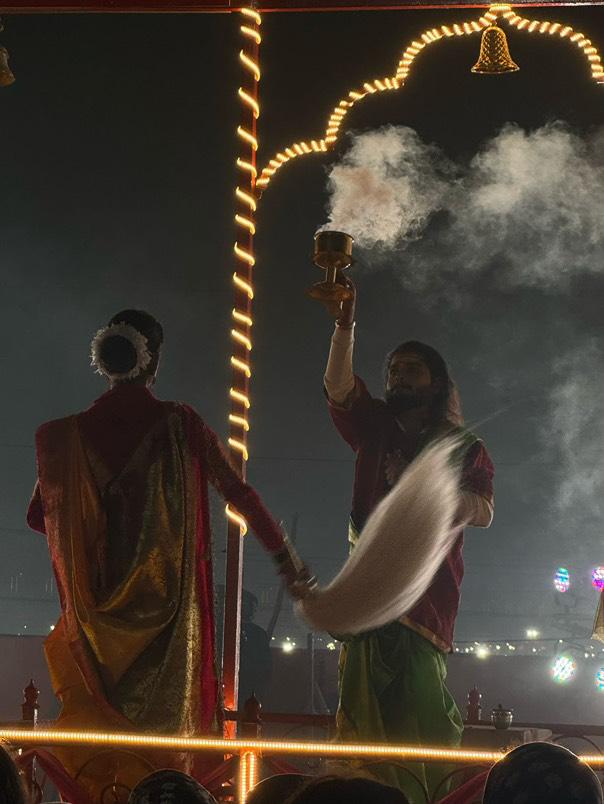
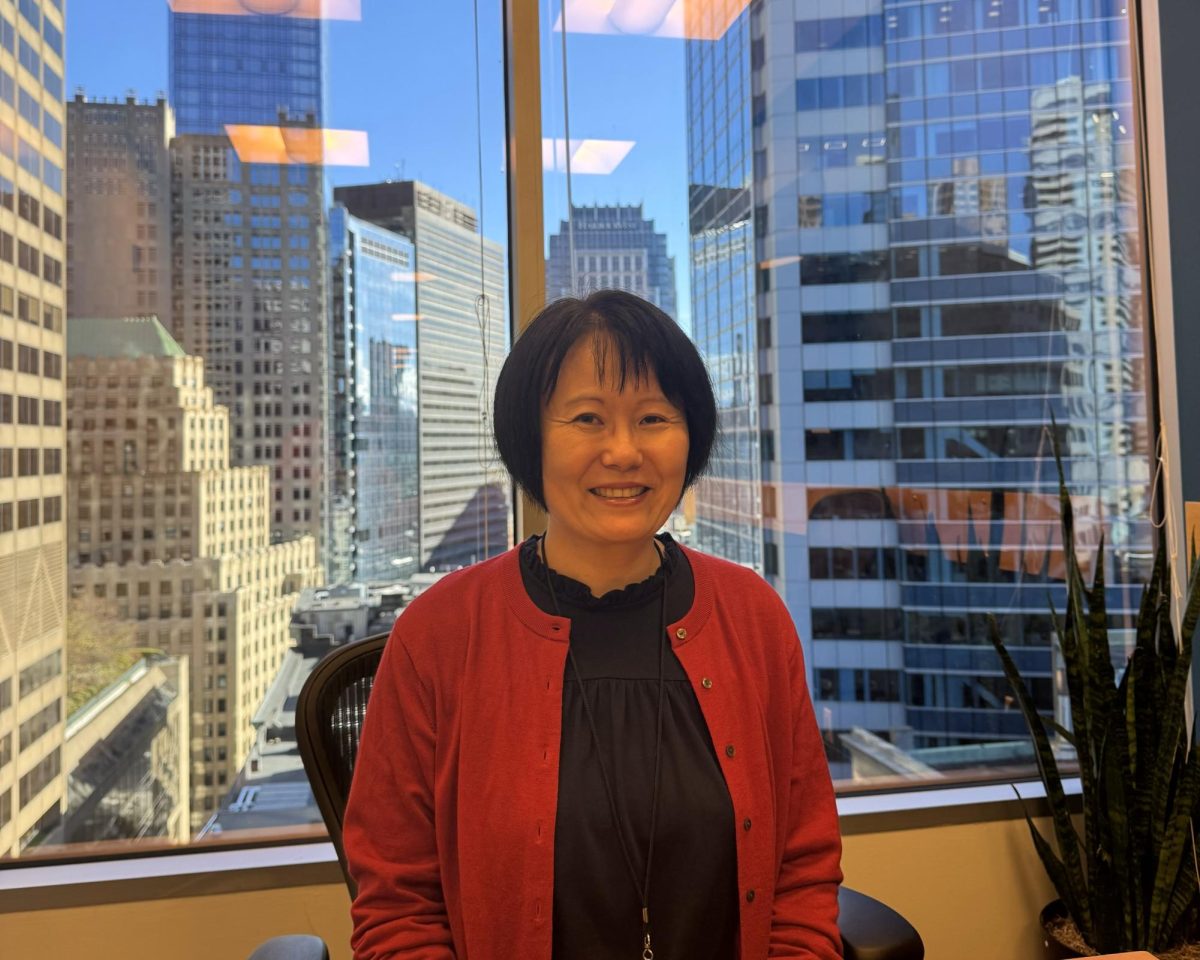

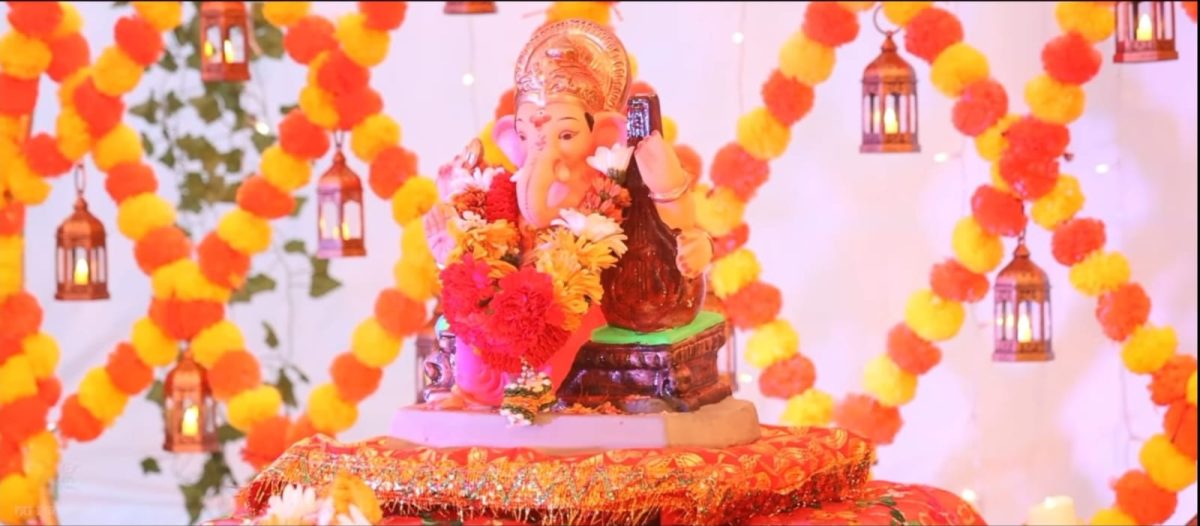

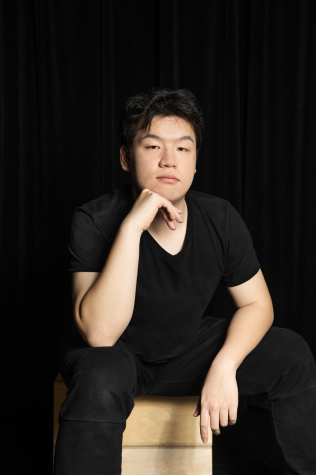
JiaJia Liu • Mar 15, 2024 at 9:41 pm
wow!